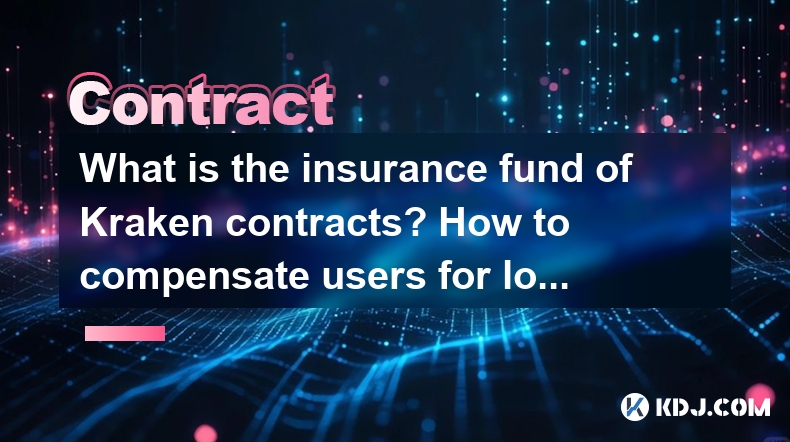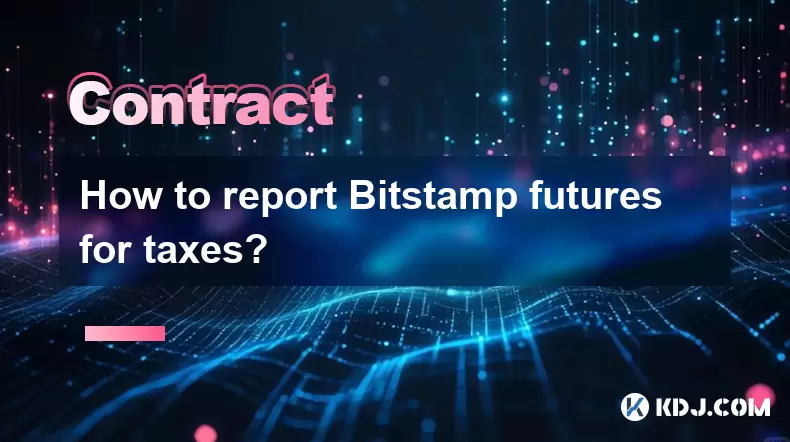-
 Bitcoin
Bitcoin $115000
1.10% -
 Ethereum
Ethereum $3719
2.93% -
 XRP
XRP $2.997
2.56% -
 Tether USDt
Tether USDt $1.000
0.02% -
 BNB
BNB $766.7
0.98% -
 Solana
Solana $169.6
3.97% -
 USDC
USDC $0.9999
0.00% -
 TRON
TRON $0.3391
1.82% -
 Dogecoin
Dogecoin $0.2060
3.53% -
 Cardano
Cardano $0.7429
2.91% -
 Hyperliquid
Hyperliquid $38.02
1.70% -
 Stellar
Stellar $0.4021
3.23% -
 Sui
Sui $3.515
3.31% -
 Bitcoin Cash
Bitcoin Cash $574.2
2.68% -
 Chainlink
Chainlink $16.85
3.10% -
 Hedera
Hedera $0.2461
1.54% -
 Ethena USDe
Ethena USDe $1.001
0.02% -
 Avalanche
Avalanche $22.28
1.26% -
 Litecoin
Litecoin $118.3
1.25% -
 UNUS SED LEO
UNUS SED LEO $8.923
-0.75% -
 Toncoin
Toncoin $3.255
2.35% -
 Shiba Inu
Shiba Inu $0.00001239
2.42% -
 Uniswap
Uniswap $9.834
3.77% -
 Polkadot
Polkadot $3.690
2.48% -
 Dai
Dai $1.000
0.02% -
 Monero
Monero $282.9
-3.30% -
 Bitget Token
Bitget Token $4.367
0.70% -
 Cronos
Cronos $0.1454
5.37% -
 Pepe
Pepe $0.00001055
3.60% -
 Ethena
Ethena $0.6156
8.72%
What is the insurance fund of Kraken contracts? How to compensate users for losses from liquidation?
Kraken's insurance fund, funded by trading fees and unrealized profits, covers losses from liquidations, ensuring market stability and user trust.
May 01, 2025 at 05:00 pm

The insurance fund of Kraken contracts plays a crucial role in maintaining the stability and integrity of the trading platform. The insurance fund is a pool of assets set aside by Kraken to cover potential losses that may occur due to extreme market volatility or trader liquidations. This fund ensures that users who suffer losses due to liquidation can be compensated, thereby maintaining trust and confidence in the platform.
The primary purpose of the insurance fund is to protect users from the adverse effects of market volatility. When a trader's position is liquidated, and the losses exceed the trader's margin, the insurance fund steps in to cover the remaining loss. This mechanism helps to prevent a cascading effect of liquidations that could destabilize the market.
Kraken's insurance fund is funded through various sources. One of the main sources is the fees collected from traders who engage in futures and options trading on the platform. Additionally, any unrealized profits from liquidated positions are also added to the insurance fund. This ensures that the fund remains adequately capitalized to handle potential losses.
The process of compensating users for losses from liquidation involves several steps. When a trader's position is liquidated, the system first uses the trader's margin to cover the loss. If the margin is insufficient, the insurance fund is utilized to cover the remaining loss. This ensures that the trader's account does not go into a negative balance.
How Liquidation Occurs on Kraken
Liquidation occurs when a trader's position moves against them, and their margin falls below the maintenance margin level. Kraken's system automatically closes the position to prevent further losses. The process of liquidation is designed to be swift and efficient to minimize the impact on the trader's account.
When a position is liquidated, the system calculates the total loss incurred. If the loss exceeds the trader's margin, the insurance fund is used to cover the difference. This ensures that the trader is not left with a negative balance and helps maintain the overall health of the platform.
The liquidation process is fully automated and occurs in real-time. Kraken's sophisticated algorithms monitor positions and margin levels continuously, ensuring that liquidations are executed promptly when necessary. This automation helps to reduce the risk of manual errors and ensures a fair and transparent process.
How the Insurance Fund Compensates Users
When a trader's position is liquidated and the loss exceeds their margin, the insurance fund steps in to cover the difference. The amount compensated from the insurance fund is credited directly to the trader's account, ensuring that they do not incur a negative balance.
The compensation process is automatic and occurs immediately after the liquidation. This ensures that traders receive their compensation promptly, without any delays. The system is designed to handle these transactions efficiently, ensuring a seamless experience for users.
The insurance fund's role in compensating users is crucial for maintaining trust and confidence in the platform. By ensuring that traders are protected against extreme market volatility, Kraken fosters a secure and reliable trading environment. This, in turn, encourages more users to participate in trading on the platform.
Monitoring and Managing the Insurance Fund
Kraken actively monitors and manages the insurance fund to ensure its adequacy and sustainability. The platform regularly assesses the fund's balance and adjusts its funding sources as needed to maintain a healthy reserve.
Transparency is a key aspect of Kraken's approach to managing the insurance fund. The platform provides regular updates on the fund's balance and performance, ensuring that users are well-informed about its status. This transparency helps to build trust and confidence among traders.
In addition to regular monitoring, Kraken also employs risk management strategies to mitigate potential losses. These strategies include setting appropriate margin requirements, implementing position limits, and using advanced algorithms to detect and prevent market manipulation. By proactively managing risks, Kraken helps to protect the insurance fund and ensure its long-term sustainability.
The Role of the Insurance Fund in Market Stability
The insurance fund plays a critical role in maintaining market stability on Kraken. By covering losses from liquidations, the fund helps to prevent a domino effect of liquidations that could lead to market instability. This ensures that the platform remains a safe and reliable environment for traders.
The insurance fund also helps to instill confidence in the market. Traders are more likely to participate in trading on a platform that offers protection against extreme market volatility. This increased participation contributes to a more liquid and stable market, benefiting all users.
Kraken's commitment to maintaining a robust insurance fund is a testament to its dedication to providing a secure and trustworthy trading environment. By prioritizing the protection of its users, Kraken sets itself apart as a leader in the cryptocurrency trading industry.
How to Check the Insurance Fund Balance
Users can check the balance of Kraken's insurance fund by visiting the platform's official website. The insurance fund balance is typically displayed on the futures and options trading page, providing users with easy access to this important information.
- Navigate to the Kraken website.
- Click on the 'Futures' or 'Options' section.
- Look for the 'Insurance Fund' section on the page.
- The current balance of the insurance fund will be displayed.
Regularly checking the insurance fund balance can help users stay informed about the platform's financial health. This information can be useful for making informed trading decisions and understanding the level of protection available against potential losses.
Frequently Asked Questions
Q: How often is the insurance fund balance updated on Kraken?
A: The insurance fund balance is typically updated in real-time on Kraken's platform. Users can check the latest balance at any time by visiting the futures and options trading page.
Q: Can the insurance fund run out of funds?
A: While it is theoretically possible for the insurance fund to deplete, Kraken takes proactive measures to ensure its adequacy. The platform continuously monitors the fund's balance and adjusts its funding sources as needed to maintain a healthy reserve.
Q: Is the insurance fund available for all types of trading on Kraken?
A: The insurance fund is specifically designed to cover losses from futures and options trading on Kraken. It does not apply to spot trading or other types of transactions on the platform.
Q: How does Kraken ensure the security of the insurance fund?
A: Kraken employs robust security measures to protect the insurance fund, including multi-signature wallets, cold storage, and regular security audits. These measures help to safeguard the fund against potential threats and ensure its long-term stability.
Disclaimer:info@kdj.com
The information provided is not trading advice. kdj.com does not assume any responsibility for any investments made based on the information provided in this article. Cryptocurrencies are highly volatile and it is highly recommended that you invest with caution after thorough research!
If you believe that the content used on this website infringes your copyright, please contact us immediately (info@kdj.com) and we will delete it promptly.
- IREN Overtakes: A New King in the Bitcoin Miner Hashrate Race?
- 2025-08-07 16:31:29
- Memecoins Mania: Whales Eye Pepe Dollar (PEPD) as Bonk Cools Off, While MoonBull Hogs the Spotlight!
- 2025-08-07 16:51:17
- Unilabs, PEPE, and Investment Risk: Navigating the Crypto Hype
- 2025-08-07 16:31:29
- Meme Coin Mania: Rug Pulls, CZ-Inspired Tokens, and the Wild West of Crypto
- 2025-08-07 16:57:14
- HashFlare Founders Face the Music: Jail Time Looms?
- 2025-08-07 14:30:12
- Pepeto's Pounce: Meme Coin Mania Meets Blockchain Infrastructure
- 2025-08-07 15:10:12
Related knowledge

Why is my Bitstamp futures position being liquidated?
Jul 23,2025 at 11:08am
Understanding Futures Liquidation on BitstampFutures trading on Bitstamp involves borrowing funds to open leveraged positions, which amplifies both po...

How to report Bitstamp futures for taxes?
Jul 30,2025 at 08:35am
Understanding Bitstamp Futures and Taxable EventsWhen trading Bitstamp futures, it’s essential to recognize that these financial instruments are treat...

Does Bitstamp offer inverse contracts?
Jul 23,2025 at 01:28pm
Understanding Inverse Contracts in Cryptocurrency TradingIn the realm of cryptocurrency derivatives, inverse contracts are a specific type of futures ...

What is the difference between futures and perpetuals on Bitstamp?
Jul 27,2025 at 05:08am
Understanding Futures Contracts on BitstampFutures contracts on Bitstamp are financial derivatives that allow traders to speculate on the future price...

How to find your Bitstamp futures trade history?
Jul 23,2025 at 08:07am
Understanding Bitstamp and Futures Trading AvailabilityAs of the current state of Bitstamp’s service offerings, it is critical to clarify that Bitstam...

Can I use a trailing stop on Bitstamp futures?
Jul 23,2025 at 01:42pm
Understanding Trailing Stops in Cryptocurrency TradingA trailing stop is a dynamic type of stop-loss order that adjusts automatically as the price of ...

Why is my Bitstamp futures position being liquidated?
Jul 23,2025 at 11:08am
Understanding Futures Liquidation on BitstampFutures trading on Bitstamp involves borrowing funds to open leveraged positions, which amplifies both po...

How to report Bitstamp futures for taxes?
Jul 30,2025 at 08:35am
Understanding Bitstamp Futures and Taxable EventsWhen trading Bitstamp futures, it’s essential to recognize that these financial instruments are treat...

Does Bitstamp offer inverse contracts?
Jul 23,2025 at 01:28pm
Understanding Inverse Contracts in Cryptocurrency TradingIn the realm of cryptocurrency derivatives, inverse contracts are a specific type of futures ...

What is the difference between futures and perpetuals on Bitstamp?
Jul 27,2025 at 05:08am
Understanding Futures Contracts on BitstampFutures contracts on Bitstamp are financial derivatives that allow traders to speculate on the future price...

How to find your Bitstamp futures trade history?
Jul 23,2025 at 08:07am
Understanding Bitstamp and Futures Trading AvailabilityAs of the current state of Bitstamp’s service offerings, it is critical to clarify that Bitstam...

Can I use a trailing stop on Bitstamp futures?
Jul 23,2025 at 01:42pm
Understanding Trailing Stops in Cryptocurrency TradingA trailing stop is a dynamic type of stop-loss order that adjusts automatically as the price of ...
See all articles

























































































